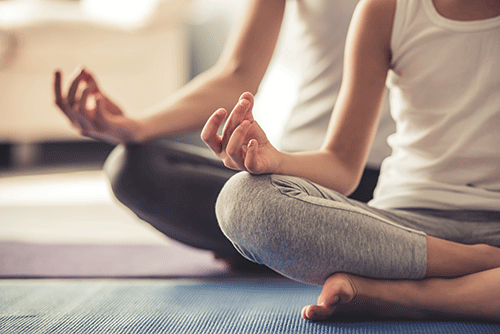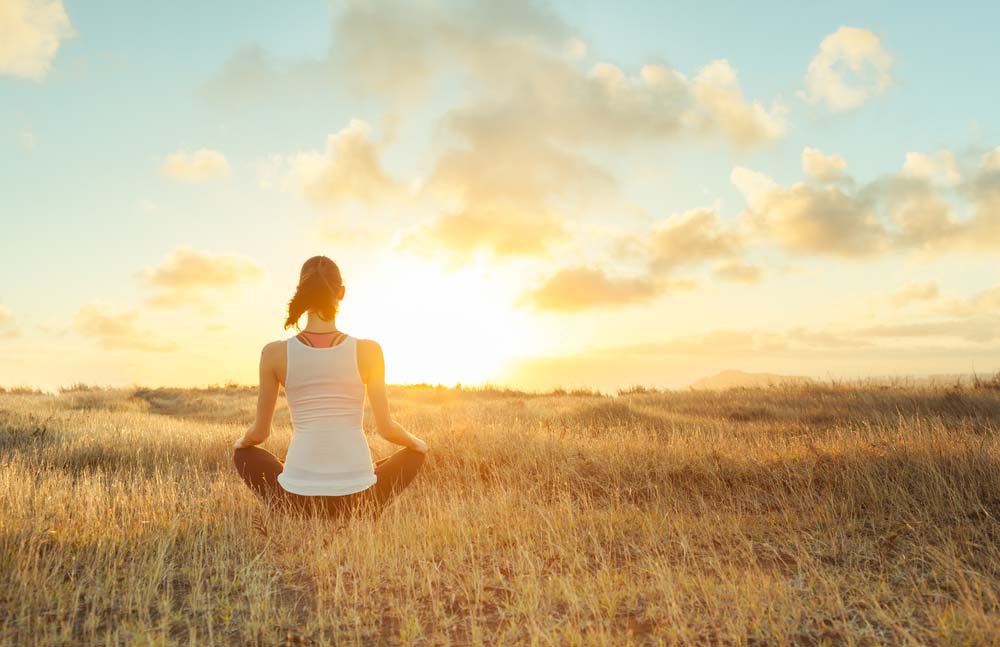How to Meditate? Checking Out Different Techniques for a Relaxed Mind
How to Meditate? Checking Out Different Techniques for a Relaxed Mind
Blog Article
How to Meditate: A Step-by-Step Strategy to Getting Mindfulness and Tranquility
Reflection serves as an effective device for accomplishing mindfulness and emotional tranquility in a busy globe. By understanding the fundamental concepts and strategies associated with reflection, people can grow a practice that enhances their total well-being. This conversation will certainly outline essential actions, from developing a conducive atmosphere to incorporating reflection right into daily routines. As we check out these parts, it comes to be clear that the journey to mindfulness is not merely regarding the act of being in silence, yet instead about fostering a deeper connection with oneself and the world around us. What might this makeover require?
Recognizing Meditation
Recognizing meditation entails understanding its essential principles and methods, which function as the foundation for the method. At its core, meditation is a mental workout focused on advertising leisure, developing interior energy, and developing compassion and understanding. The technique motivates individuals to focus their attention, commonly with methods such as deep breathing, visualization, or rule repetition.
Meditation can be classified into different styles, including mindfulness, transcendental, and loving-kindness reflection, each with unique purposes and methodologies. Mindfulness reflection stresses present-moment understanding and non-judgmental observation of thoughts and sensations, while transcendental reflection includes the use of specific concepts to transcend common thought processes. Loving-kindness reflection concentrates on developing a mindset of love and compassion in the direction of oneself and others.
No matter the technique used, the main objective stays consistent: to grow a deeper understanding of the mind and its patterns. This self-awareness cultivates emotional resilience, clearness of thought, and an extensive sense of calmness (How to meditate?). By understanding these concepts and methods, people lay the groundwork for an effective meditation technique that can dramatically improve their overall wellness
Preparing for Your Method
Before beginning your reflection practice, it is vital to produce a setting conducive to concentrate and leisure. Select a quiet area where you are not likely to be disrupted. This can be a corner of a space, a yard, or any location that stimulates a sense of tranquility. Ensure that the location is clean and complimentary of mess, as a clean setting can aid remove the mind.
Think about the lights, as all-natural light can enhance your mood and energy. Soft, cozy lights is typically a lot more relaxing than harsh fluorescent lights. Furthermore, pick a comfy temperature, making certain that you are neither too hot neither also cool.
Integrating components that advertise serenity can further improve your experience. This may consist of soft cushions or blankets for comfort, along with calming fragrances from crucial oils or incense. It can likewise be beneficial to have a timer established for your reflection session to avoid distractions from clock-watching.
Fundamental Meditation Techniques

An additional effective method is body check meditation. This includes mentally checking your body from head to toe, seeing any locations of stress or pain and consciously kicking back those muscles. This method cultivates a much deeper connection between your body and mind.

Lastly, loving-kindness reflection concentrates on cultivating compassion in the direction of yourself and others. Silently repeat expressions of a good reputation, enhancing psychological wellness and interconnectedness. Each of these methods acts as a structure over at this website for your meditation journey, permitting you to discover the method that reverberates ideal with your personal technique.
Keeping Focus and Mindfulness

Establishing a devoted meditation area can improve the ability to keep mindfulness. A silent, minimalist setting decreases distractions, permitting deeper immersion in the practice. Additionally, setting a time frame can assist handle expectations; starting with shorter sessions might reduce the change right into longer techniques.
Making use of strategies such as body scanning or observing experiences can additionally boost mindfulness. These techniques motivate professionals to remain present and engaged with their physicality, anchoring their attention in the minute. Normal method is necessary; the mind develops resilience over time, developing a more powerful capability for focus.
Incorporating Meditation Into Day-to-day Live
Including meditation right into every day life can transform regular activities into possibilities for mindfulness and self-reflection. By integrating mindfulness practices right into typical tasks, people can grow a greater feeling of existence and serenity among the numerous hours of everyday life.
Begin by identifying minutes throughout your day where you can exercise and stop mindfulness. During your early morning commute, focus on your breath or the feelings of the environment around you. In the cooking area, technique cooking as an introspective practice, savoring the appearances, colors, and fragrances of the ingredients. Also mundane tasks like washing meals or strolling can end up being opportunities for from this source meditation by routing your attention to the sensations of activity and the noises bordering you.
In addition, alloting committed times for meditation can reinforce its technique. Beginning with short sessions, slowly raising period as you become a lot more comfy. Usage reminders or hints-- like a details time of day or a calming noise-- to develop uniformity.
Inevitably, the objective is to weave mindfulness right into the textile of life, allowing you to approach each moment with intention, thereby enhancing your general sense of well-being and clarity.
Conclusion
In final thought, effective reflection needs a silent atmosphere, a comfortable placement, and a focus on the breath. Normal meditation, also in short sessions, fosters a much deeper connection to the existing moment, eventually leading to greater calm and mental clearness in daily life.
Reflection can be classified right into various designs, including mindfulness, transcendental, and loving-kindness reflection, each with distinctive functions and methodologies. Mindfulness reflection emphasizes present-moment recognition and non-judgmental observation of feelings and ideas, while transcendental reflection includes the use of specific concepts to go beyond average thought procedures.With your reflection space prepared, it's time to check out numerous basic reflection strategies that can help grow mindfulness and internal peace.Regularly keeping focus and mindfulness during meditation can be tough, especially for those new to the technique.Developing a devoted reflection room can enhance the capability to preserve mindfulness.
Report this page